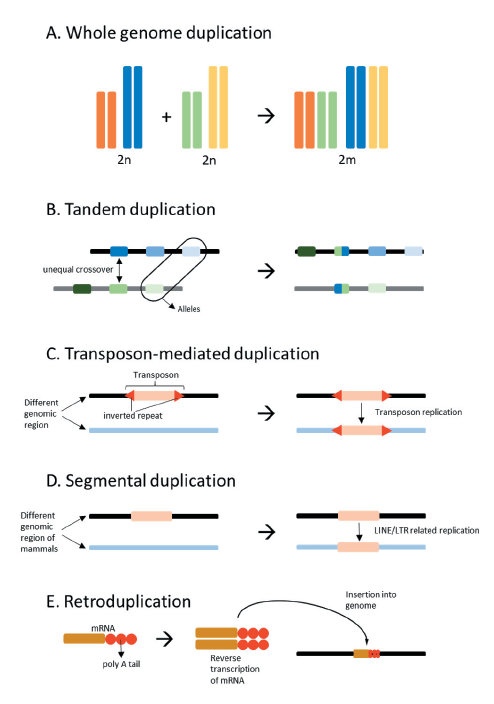Abstract
Recent progress in genome projects for diverse species allows understanding of specific differences in genetic information among diverse species. Antimicrobial peptides (AMPs) are found in various species including plants, insects, and vertebrates and serve as a first line defense system that exhibits a broad and antimicrobial reactions against pathogens. Several families of classical AMPs have been identified, including defensins, cathelicidins, dermcidin, hepcidin, NK-lysin and granulysin. Interestingly, the number of AMP family genes among mammalian species varies and this could be attributed to differences in the opportunistic exposure to pathogens according to their living environments or habitats. In this review, we discussed the current finding on differences in the copy number of AMP genes in mammals and possible mechanisms associated to copy number difference especially in β-defensins, one of major AMP families. This review suggest that environmental changes could contribute to the evolution of the innate immune system in mammals.
Figures & Tables

Fig. 1. Types and mechanisms of gene duplication. Whole genome duplication due to ploidy (A). Tandem duplication formed by unequal crossover of similar sequences (B). Transposon-mediated duplication formed by mutator-like elements (MULEs) (C). Segmental duplication formed by long interspersed nuclear elements (LINE) and long terminal repeat retroposons (LTR) in mammals (D). Retroduplication formed by insertion of a retrogene which is a reverse transcript of mRNA (E).


